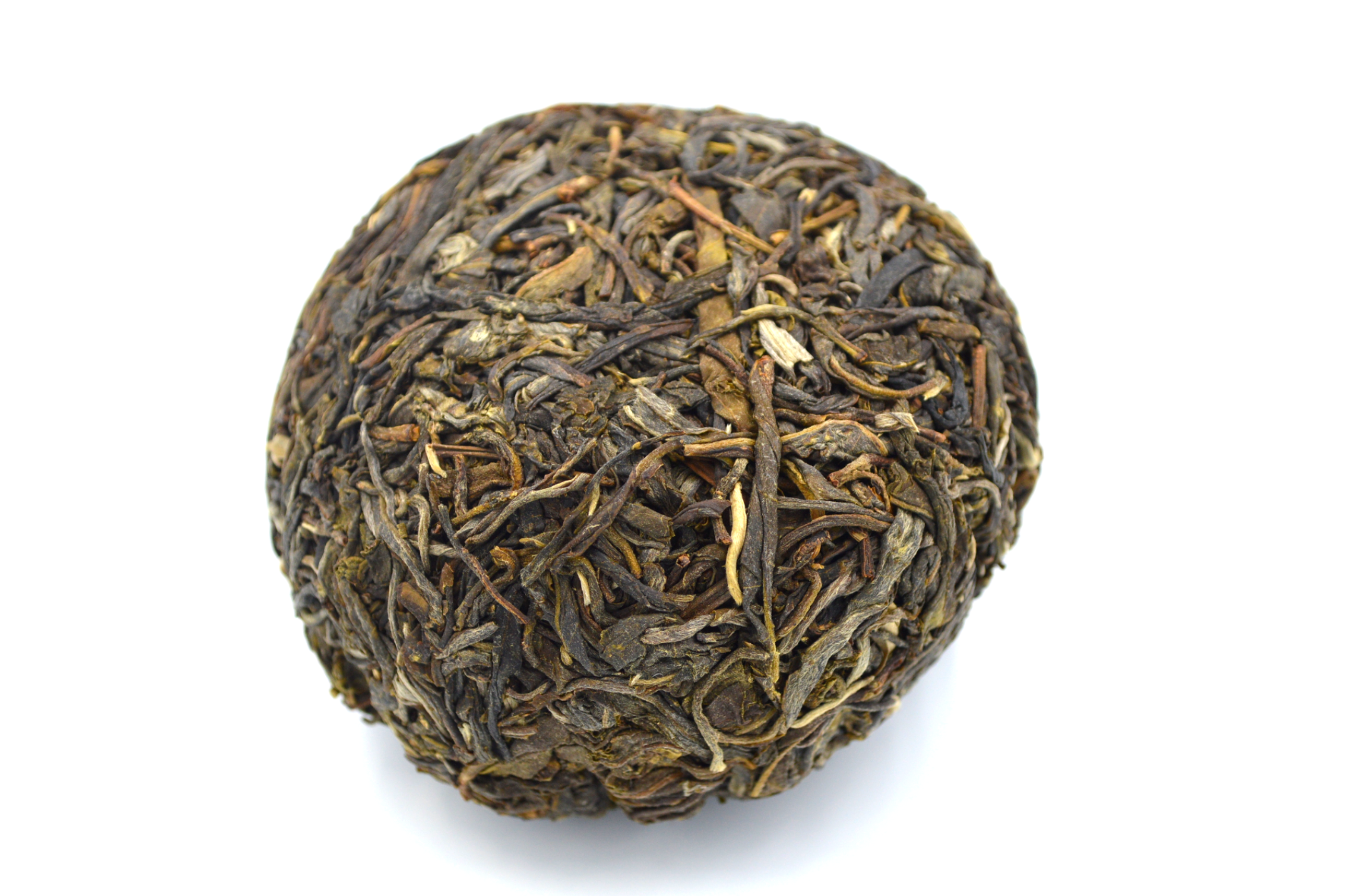Description
Matching Yunnan and Guangxi Tea Workshop
Orgin: Manglu mountain in Xigui Village, Lincang, Yunnan province
Harvest: 2020 spring tea, tender 1 sprout and two leaves of original ancient tea trees, made by ancient methods
- dry tea is ball shape with suitable tightness, lustrous yellowish dark green color, showing white hair
- reddish orange color tea soup, clear and bright
- clean and pure, mild, crystal sugar fragrance like orchid
- mellow and brisk tastes with sweet aftertaste
- wet tea is fat and thick, greenish yellow
Introduction:
Manglu tea is produced in manglu mountain in Bangdong village, Bangdong township. It is a mountain range of Lincang snow mountain extending eastward close to Lancang River. At the foot of the mountain is Xigui Ferry (formerly Gali ferry). There is Xigui Neolithic site nearby. It is the place where people lived and lived before, During the “village gathering” movement around 1970, the villagers of Lushan gradually moved to the former centralized residence.
Nearly half of the area of the mountain is tea garden, and the other half is subtropical season rain forest. The unique natural environment of the mountain makes the sunshine time short, and it is mostly diffuse light. In addition, the rainfall is abundant, the humidity is high, the soil is rich in humus, the soil is loose, and contains the organic matter and trace elements required for the growth of tea. Under this ecological condition, tea plant is robust and the base leaves are thick and fat, which lays a material foundation for the formation of the fine quality of tea. Tea garden is mainly distributed in the half mountain area of the forest. The base girth of larger tea plants is about 80-90 cm. Tea garden is a traditional natural growth of picking, after hundreds of years of artificial and unintentional creation, the shape of the tea plant is rugged and strange, like sleeping dragon and flying bird wings. It is easy to climb and pick, and it is ornamental. If people can experience it in person, it is a kind of enjoyment.
The production of Xigui tea ball is divided into two steps: first, the production of sun dried tea ball, and then refined into group tea. On a sunny day, the tea leaves of the ancient trees on Xigui Manglu mountain were picked as raw materials, and then dried by hand. The second step is to weigh the sun dried green tea, steam it soft, wrap it with cotton cloth, knead it into a ball, and dry it in a cool and ventilated place.
Pu’er 普洱 [pǔ ěr] tea has also been lauded as the “drinkable antique”. The flavor and color of raw Pu’er Tea changes when properly stored over a period of time. Young raw Pu’er: The ideal liquors should be aromatic with a light but distinct odours of camphor, rich herbal notes like Chinese medicine, fragrance floral notes, hints of dried fruit aromas such as preserved plums, and should exhibit only some grassy notes. Young raw Pu’er may sometimes be quite bitter and astringent, but should also exhibit a pleasant mouthfeel and “sweet” aftertaste, referred to as gān (甘) and húigān(回甘).
The kind of teas could be called High Mountian Tea 高山茶, the tea fields’ height above sea level must be higher than 800 meters. Comparing with other teas growing at lower see levels, high mountian teas are much more special: first, high mountian tea’s tastes are more clear and sweet, because of strong root systems, high mountain tea plants could absorb more mineral substances and nutrients; Second, high mountian tea’s textures are more smooth and soft, since high mountains surround all the year round with cloud and mist, high humidities, rich diffusion lights and big differences in temperature between the day and the night are optimal for tea plants to produce some desirable compounds; Third, high mountian tea’s liquid is more clear and bright, because lights on high mountains are mainly blue-purple lights, which could restrain undesirable compounds to produce; Fourth, high mountian green tea‘s fragrances are much higher, longer daylight hours and relative lower temperatures are good for fresh leaves to produce aromatic compounds.
































